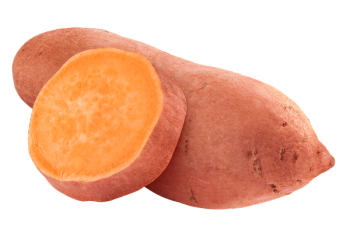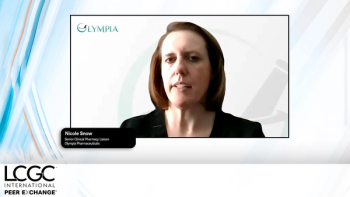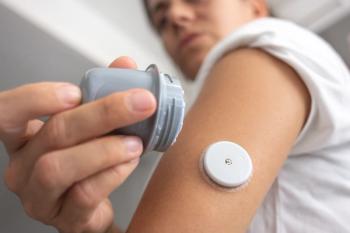
Art of Separation: Hyphenation and Application
Meeting report of the "Art of Separation: Hyphenation and Application" organized in honour of Udo Brinkman.
Professor Udo Brinkman received the Chromatography Award of the American Chemical Society 2010 back in March this year. The Award sponsored by Supelco was presented on 23 March at the ACS meeting in San Francisco, California, USA. Udo Brinkman was professor in analytical chemistry at the Free University, Amsterdam and his main research activities were in the field of multidimensional systems in chromatography. This includes on-line sample handling and the coupling to detectors such as reaction detection and mass spectrometry. In his group powerful hyphenated systems both in gas and liquid chromatography have been developed and the applicability has been demonstrated. He is co-author of more than 700 scientific papers and he has also been editor of the Journal of Chromatography since 1993.
In honour of Udo Brinkman a symposium was organized on 24 August at the autumn ACS meeting in Boston, Masssachusetts, USA. The title of the symposium was “Art of Separation: Hyphenation and Application”. Another Dutch word for chemistry is “scheikunde”, which means art of separation. Udo Brinkman is a separation scientist and in his scientific life the art of separation was hyphenation and application. The symposium gave an excellent overview of coupled systems in separation science. Fundamental aspects and various applications were discussed. The symposium was sponsored by Agilent and Spark Holland. These two companies cooperated with the group at the Free University in Amsterdam for some years. Agilent has invested heavily in the Rhine River Basin Programme in which universities and institutes developed and applied new systems and procedures for river water analysis. Udo Brinkman was the scientific director and his stimulating role was very important for the success of the programme. Spark Holland is a Dutch company specializing in apparatus for automated on-line sample handling with solid-phase extraction cartridges. The prototype of the first instrument (Prospekt) was developed at the Free University together with Spark Holland. Both examples provide excellent examples of the scientific approach of Professor Brinkman efficiently closing the gap between science and practice. This report summarizes the lectures from the symposium in Boston.
The first lecture was presented by Professor Susan Lunte (University of Kansas, Lawrence, USA) with the title “Microchip electrophoresis as a tool for in vivo and in vitro monitoring of biological events”. She showed the possibilities of separation-based sensors for single cell analysis and direct sampling of animals. On-line microdialysis is an essential part of systems developed in her laboratory. Applicability was demonstrated by the determination of peroxynitrite in cells, monitoring of the permeability of the blood brain barrier and sheep analysis (“lab on a sheep”). Very rapid analysis is possible by microchip analysis and sensitive detection has been obtained by electrochemical detection and fluorescence (including on-line derivatization of amino acids).
The title of Professor Peter Schoenmakers (University of Amsterdam, The Netherlands) was “Hyphenation: all tied up beautifully”. In his introduction he paid attention to the strong tradition of separation science in The Netherlands and the important role of Udo Brinkman. He also stressed the new promising developments in separation science and the more general in analytical chemistry in this country. When Peter Schoenmakers came to the contents of his scientific work, he presented results of LC-GC, LC-LC (e.g., SEC-RPLC) and GC-GC. He also compared the different combinations more theoretically and discussed on-line versus off-line approaches. He stressed the role of mass spectrometry for the total selectivity of modern systems and showed the potential of multidimensional systems by applications in polymer analysis and other fields.
Professor Pat Sandra (University of Ghent and Research Institute for Chromatography, Kortrijk, Belgium) started his lecture under the title “Considerations on off- and on-line comprehensive fluid chromatography” with an extensive theoretical introduction on resolution, plate number, peak capacity, selectivity and so-called Giddings statements. Special attention was paid to comprehensiveness and orthogonality of coupled-column systems. New combinations such as RPLC-HILIC, HILIC-RPLC, NPLC-RPLC and SFC-RPLC were explained and details on the interfacing were discussed. Special applications from protein digest analysis and lipidomics were presented.Professor Ad de Jong (University Utrecht, The Netherlands) gave an overview on the possibilities of CE–MS under the title “Capillary electrophoresis–mass spectrometry: art of separation and hyphenation”. He showed different modes of CE and the potential and limitations of coupling to MS. The designs of sheath-liquid and sheathless interfaces were discussed and comparison between the two ways of interfacing was made. The high stability and reproducibility of non-covalently coated capillaries were also demonstrated. Applications from impurity profiling of drugs, characterization of biopharmaceuticals and metabolomics were used to illustrate the potential of different systems.
Unfortunately Udo Brinkman himself could not attend the meeting and present his lecture “The art of separation: comprehensive two-dimensional gas chromatography“. During the four lectures his research strategy was mentioned and new hyphenation possibilities also based on his approaches were presented. Coupling of different columns and separation techniques in combination with MS offers a considerable gain in selectivity and sensitivity and this is indispensable for the analysis of complex samples.
Reported by Professor Ad de Jong, Faculty of Science, Utrecht University, The Netherlands.
Newsletter
Join the global community of analytical scientists who trust LCGC for insights on the latest techniques, trends, and expert solutions in chromatography.





